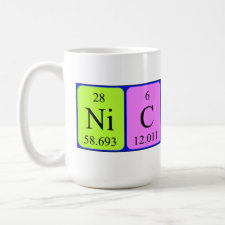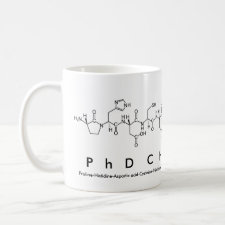
Authors: Clegg JR, Zhong JX, Irani AS, Gu J, Spencer DS, Peppas NA
Article Title: Student award for outstanding research winner in the Ph.D. category for the 2017 society for biomaterials annual meeting and exposition, april 5-8, 2017, Minneapolis, Minnesota: Characterization of protein interactions with molecularly imprinted hydrogels that possess engineered affinity for high isoelectric point biomarkers.
Publication date: 2017
Journal: Journal of Biomedical Materials Research Part A
Volume: 105
Issue: (6)
Page numbers: 1565-1574.
DOI: 10.1002/jbm.a.36029
Abstract: Molecularly imprinted polymers (MIPs) with selective affinity for protein biomarkers could find extensive utility as environmentally robust, cost-efficient biomaterials for diagnostic and therapeutic applications. In order to develop recognitive, synthetic biomaterials for prohibitively expensive protein biomarkers, we have developed a molecular imprinting technique that utilizes structurally similar, analogue proteins. Hydrogel microparticles synthesized by molecular imprinting with trypsin, lysozyme, and cytochrome c possessed an increased affinity for alternate high isoelectric point biomarkers both in isolation and plasma-mimicking adsorption conditions. Imprinted and non-imprinted P(MAA-co-AAm-co-DEAEMA) microgels containing PMAO-PEGMA functionalized polycaprolactone nanoparticles were net-anionic, polydisperse, and irregularly shaped. MIPs and control non-imprinted polymers (NIPs) exhibited regions of Freundlich and BET isotherm adsorption behavior in a range of non-competitive protein solutions, where MIPs exhibited enhanced adsorption capacity in the Freundlich isotherm regions. In a competitive condition, imprinting with analogue templates (trypsin, lysozyme) increased the adsorption capacity of microgels for cytochrome c by 162% and 219%, respectively, as compared to a 122% increase provided by traditional bulk imprinting with cytochrome c. Our results suggest that molecular imprinting with analogue protein templates is a viable synthetic strategy for enhancing hydrogel-biomarker affinity and promoting specific protein adsorption behavior in biological fluids. © 2017 Wiley Periodicals, Inc. J Biomed Mater Res Part A: 105A: 1565-1574, 2017
Template and target information: protein, trypsin, lysozyme, cytochrome c
Author keywords: protein adsorption, molecular imprinting, biomimetics, Intelligent Hydrogels



Join the Society for Molecular Imprinting

New items RSS feed
Sign-up for e-mail updates:
Choose between receiving an occasional newsletter or more frequent e-mail alerts.
Click here to go to the sign-up page.
Is your name elemental or peptidic? Enter your name and find out by clicking either of the buttons below!
Other products you may like:
 MIPdatabase
MIPdatabase









